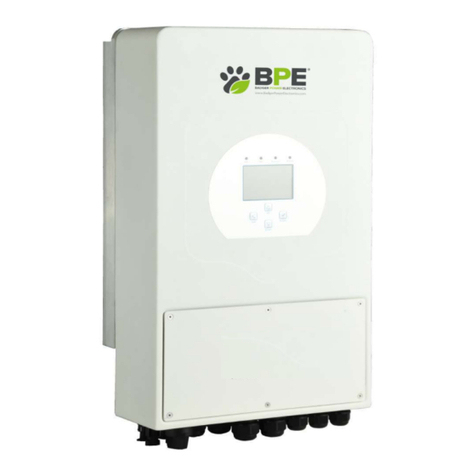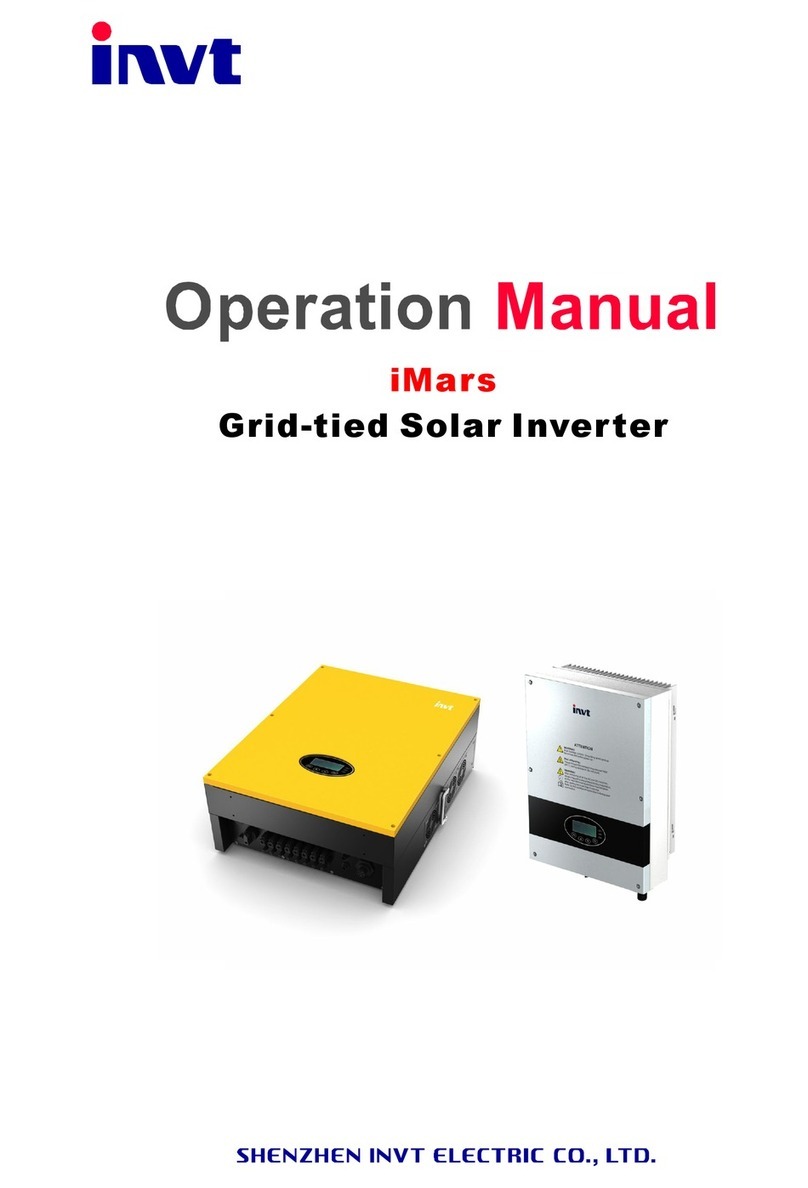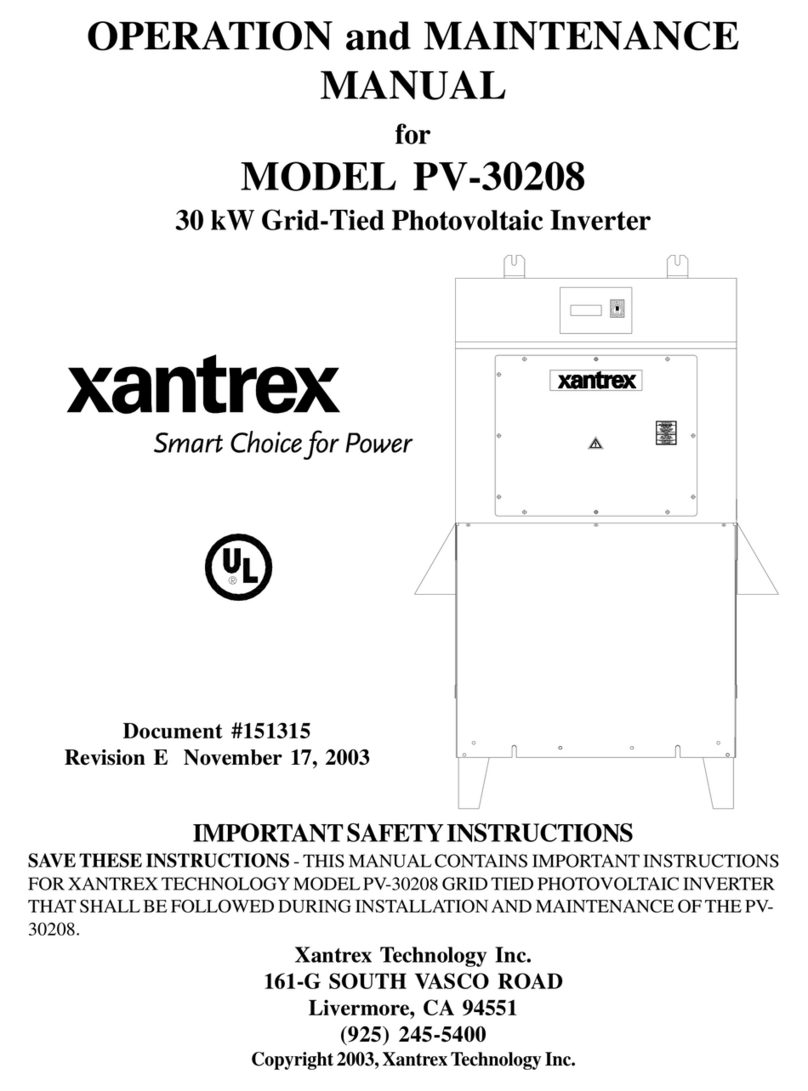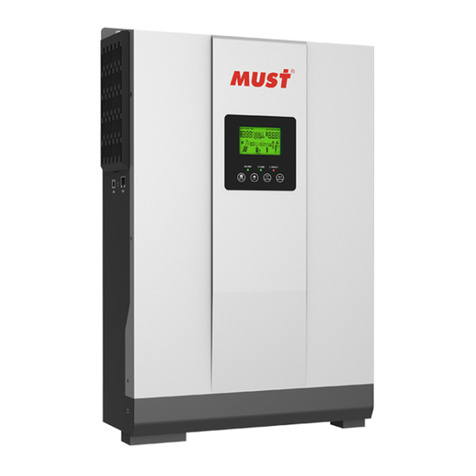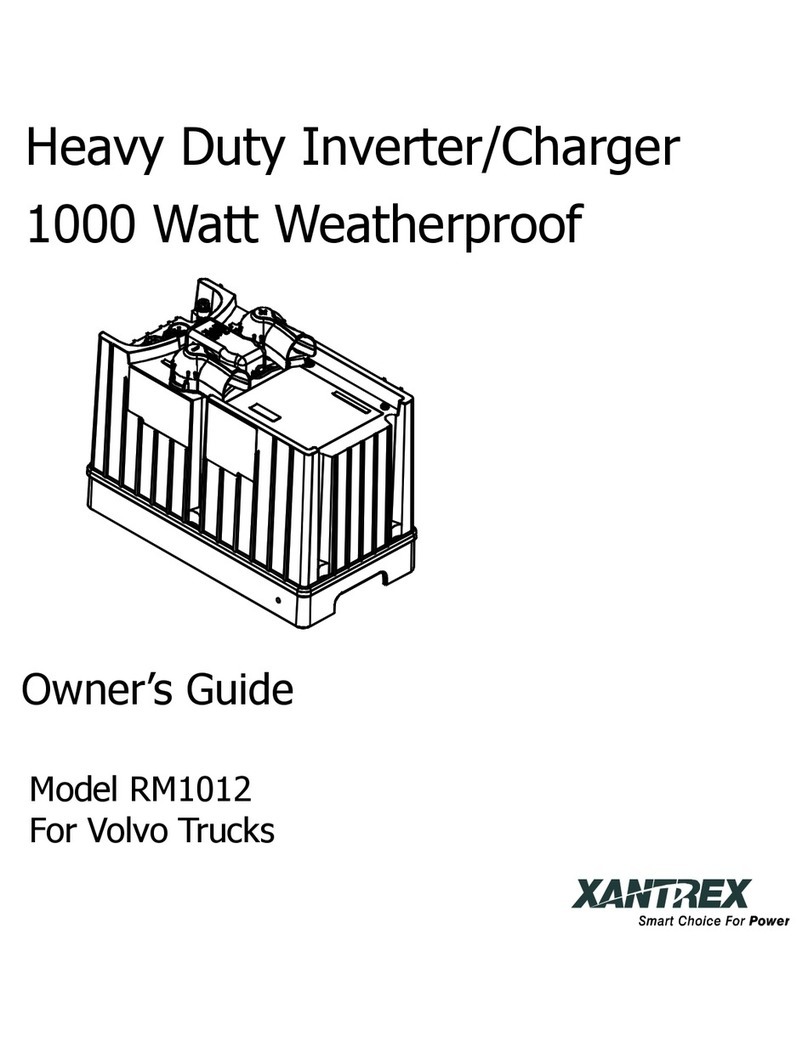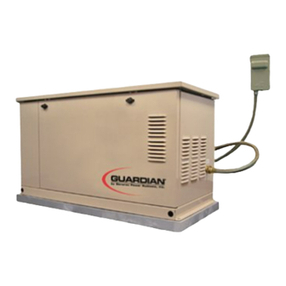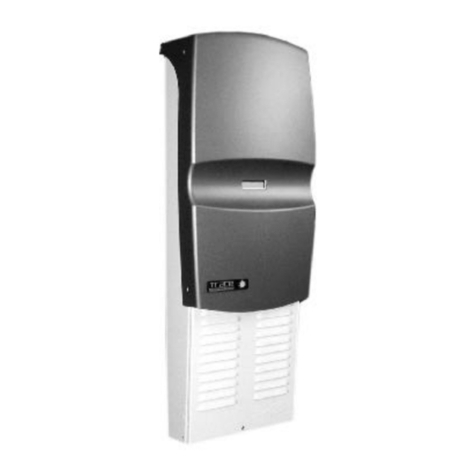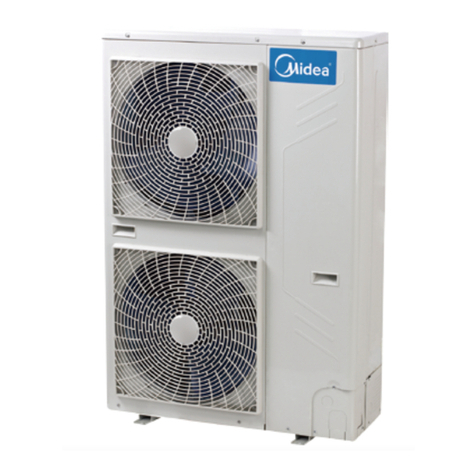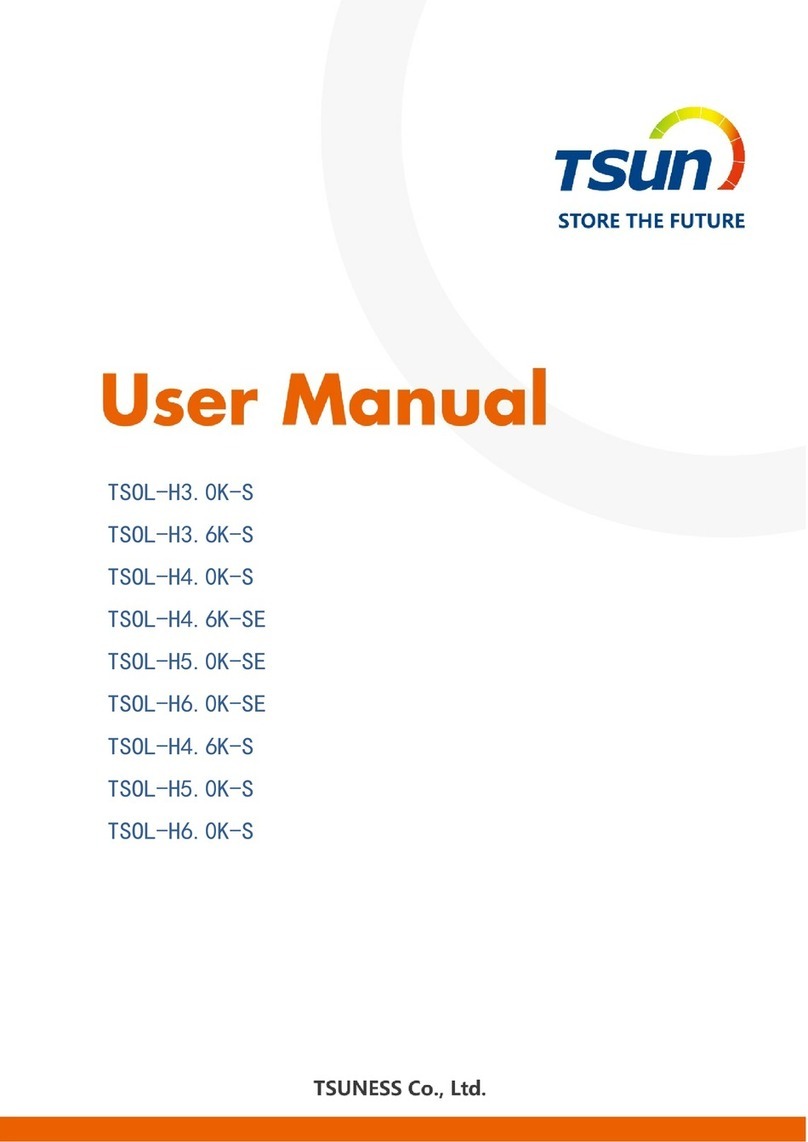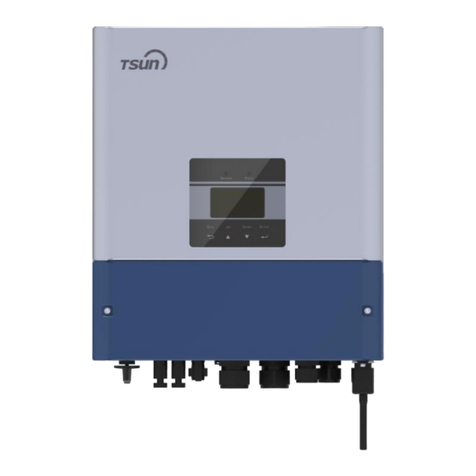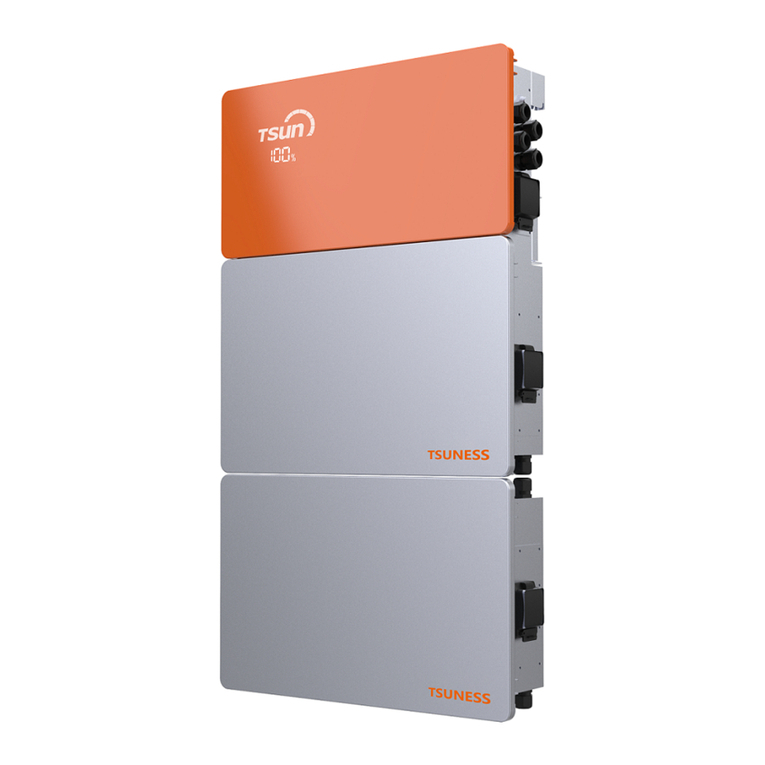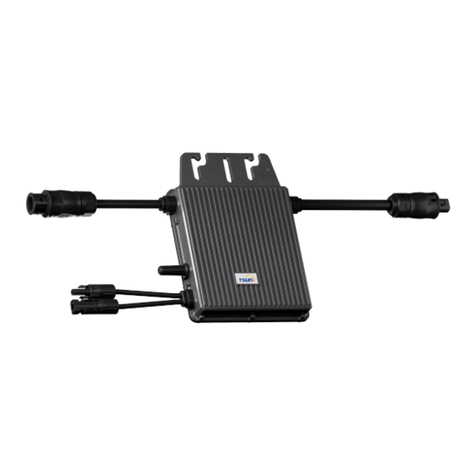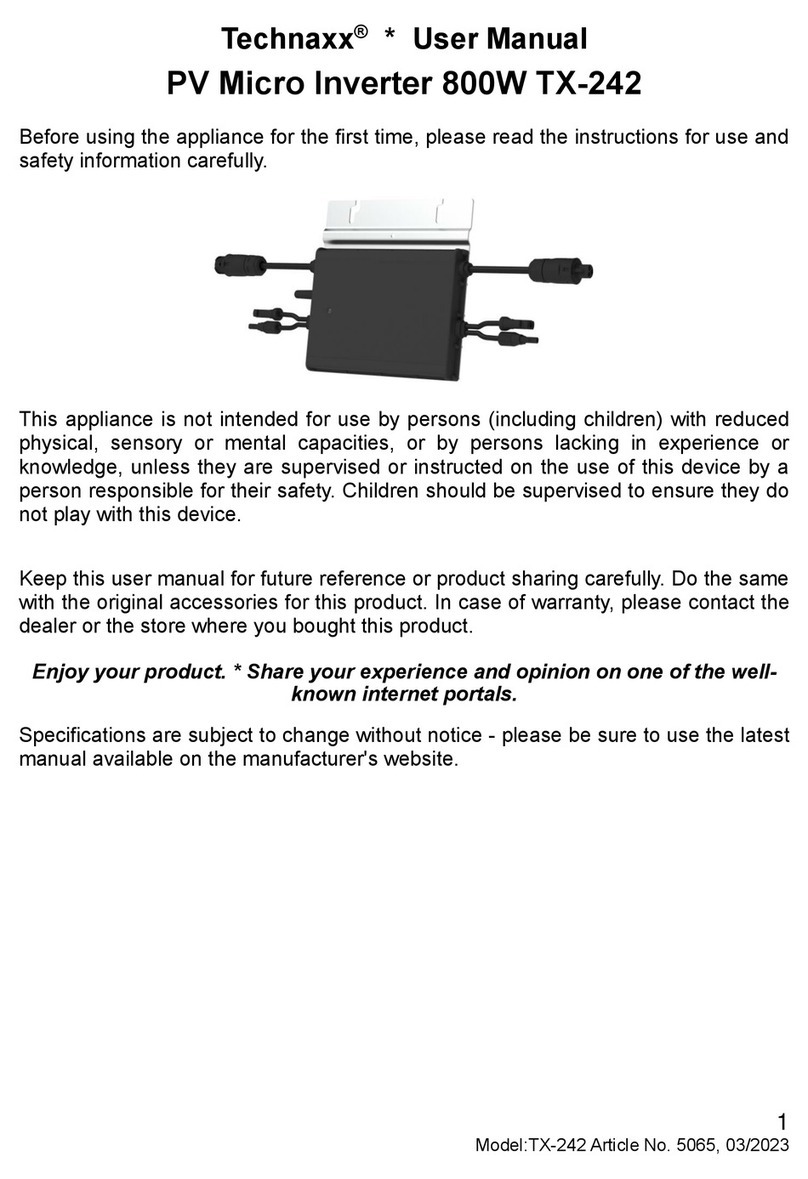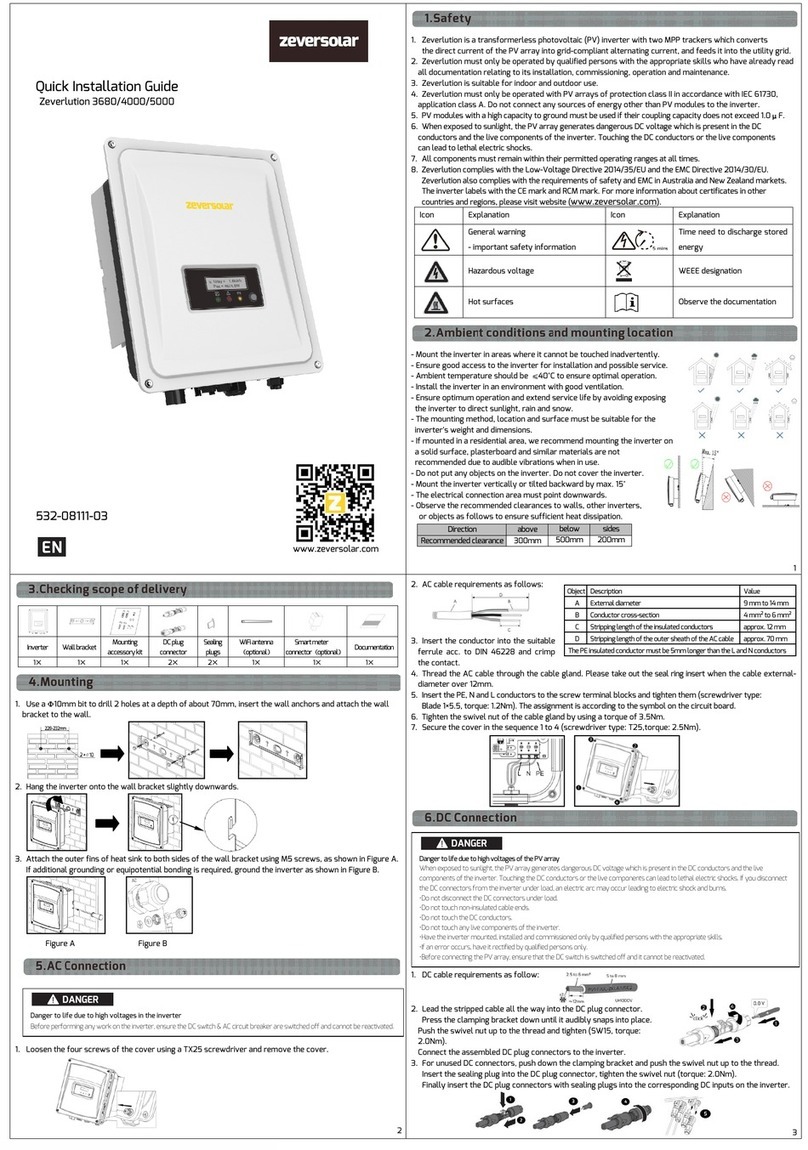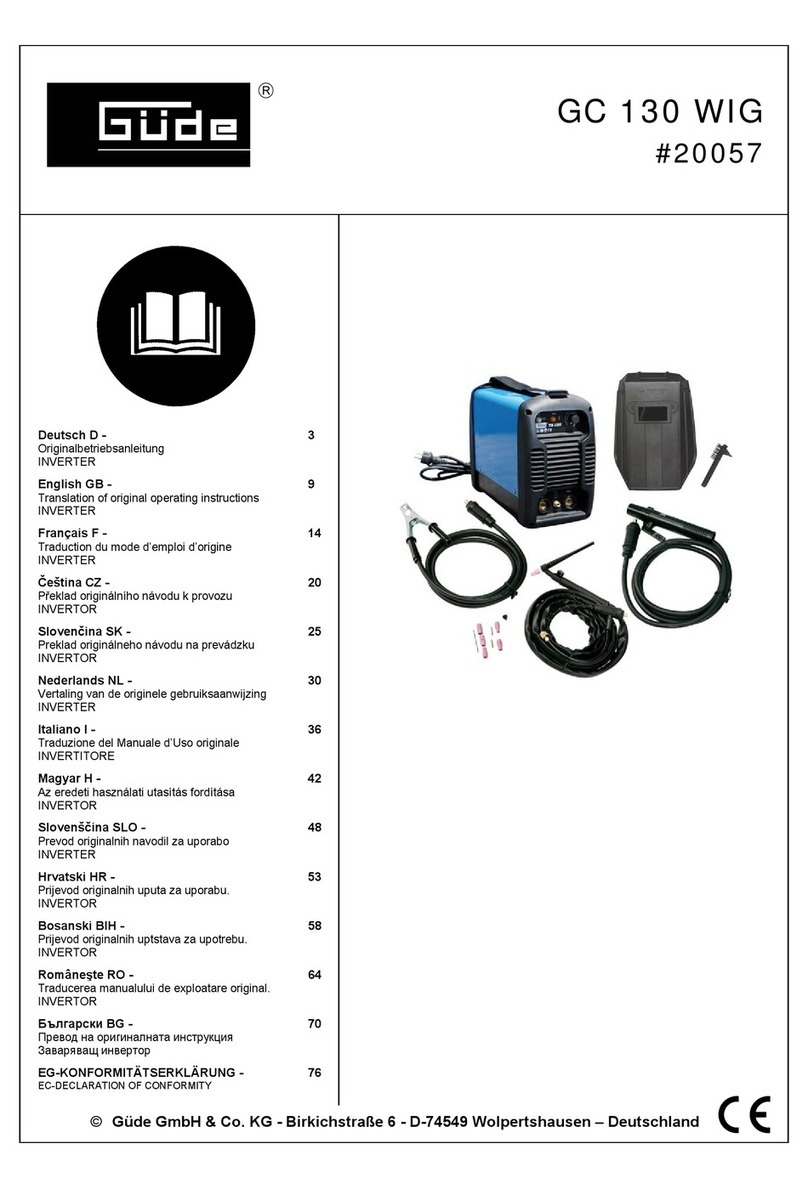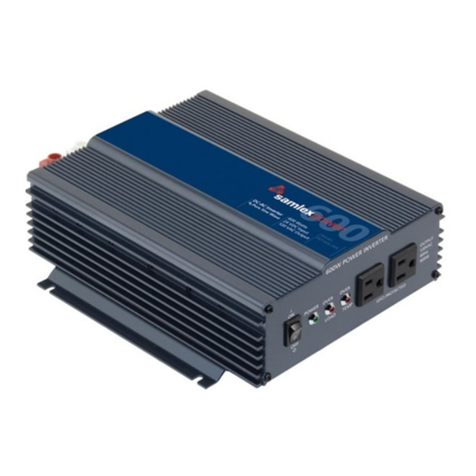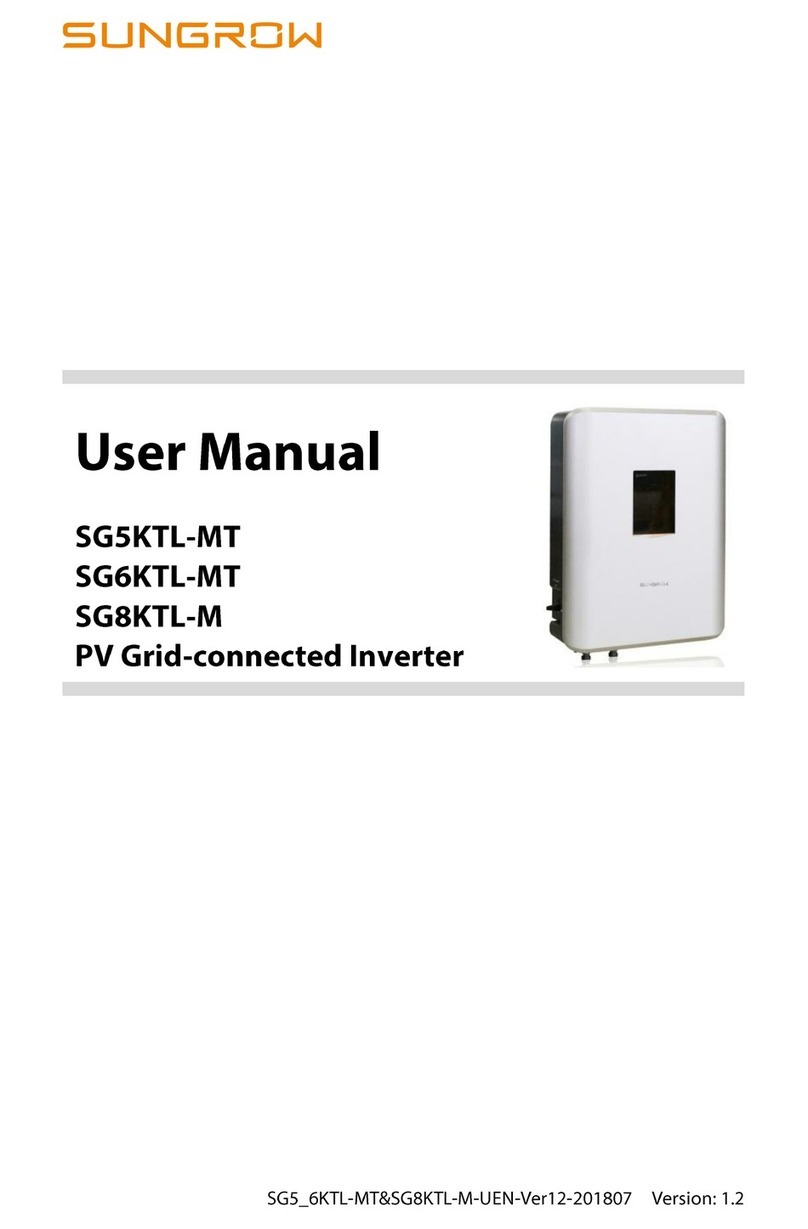
Content
1 Notes on this Manual............................................................................................................................................1
1.1 Scope of Validity........................................................................................................................................1
1.2 Target Group ..............................................................................................................................................1
1.3 Symbols Used.............................................................................................................................................1
2 Safety .......................................................................................................................................................................2
2.1 Important Safety Instructions.................................................................................................................2
2.2 Explanation of Symbols............................................................................................................................5
2.3 CE Directives...............................................................................................................................................6
3 Introduction...................................................................................................................................................7
3.1 Basic features.............................................................................................................................................7
3.2 Work Modes............................................................................................................................................ 11
3.3 Dimension................................................................................................................................................ 13
3.4 Terminals of inverter ............................................................................................................................. 14
4 Technical Data..................................................................................................................................................... 15
4.1 AC output / input.................................................................................................................................... 15
4.2 Internal Charger...................................................................................................................................... 15
4.3 Efficiency, Safety and Protection......................................................................................................... 16
4.4 EPS output (apply to version O, I) ....................................................................................................... 16
4.5 General Data ........................................................................................................................................... 17
5 Installation ........................................................................................................................................................... 18
5.1 Check for Physical Damage................................................................................................................... 18
5.2 Packing..................................................................................................................................................... 18
5.3 Installati on Precaution .......................................................................................................................... 19
5.4 Space Requirement................................................................................................................................ 20
5.5 Installation steps .................................................................................................................................... 20
6 Electrical Connection ......................................................................................................................................... 22
6.1 Grid Connection...................................................................................................................................... 22
6.2 EPS Connection (apply to O Version and I Version only) ................................................................ 23
6.3 Battery Conn ecti on ................................................................................................................................ 28
6.4 Meter Conn ection .................................................................................................................................. 31
6.5 DRM Connection .................................................................................................................................... 32
6.6 Terminal Block Connection................................................................................................................... 33
6.7 WiFi Connection ..................................................................................................................................... 33
6.8 RF Connection (optional) ...................................................................................................................... 34
6.9 Inverter Manipulation ........................................................................................................................... 34
7 Setting................................................................................................................................................................... 37
7.1 Control Panel........................................................................................................................................... 37
7.2 Menu Structure ...................................................................................................................................... 38
7.3 LCD Operation......................................................................................................................................... 38
7.4 Quick Start Settings............................................................................................................................... 40
8 Troubleshooting.................................................................................................................................................. 42
8.1 Trouble shooting.................................................................................................................................... 42




















